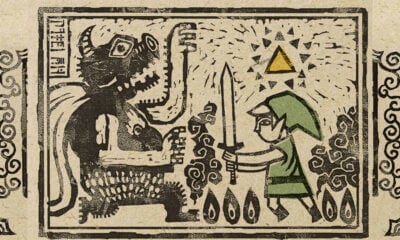The premise is simple: A princess in distress, a missing artifact, a devious demon attempting to wrest control of the world, and a green-clad hero coming in to save the day. Although the particulars may vary from game to game, the core of The Legend of Zelda series remains consistent across more than 35 years. Amazingly, the Zelda franchise continues to serve as an exemplar of game design in nearly every console hardware generation, simultaneously presenting players with one of the best gaming experiences available while also rewriting the rule book for every game that comes after it. Truthfully, the arrival of a new Zelda game traditionally signals a paradigm shift within the industry.
This trend dates all the way back to the very first entry, The Legend of Zelda from 1986. This revolutionary title helped to define what was possible on the NES in an era where most games were simple arcade ports with compromises in their visuals and gameplay. The Legend of Zelda represented something different; an adventure that was only possible with the aid of new technology and, even then, only on the NES. The sense of freedom, potential, and limitless adventure that permeates throughout The Legend of Zelda is something that reappears time and again throughout the franchise as the available hardware continues to advance, culminating in this year’s absolutely incredible Tears of the Kingdom.
1985-1988: Conceptualization and the NES Era
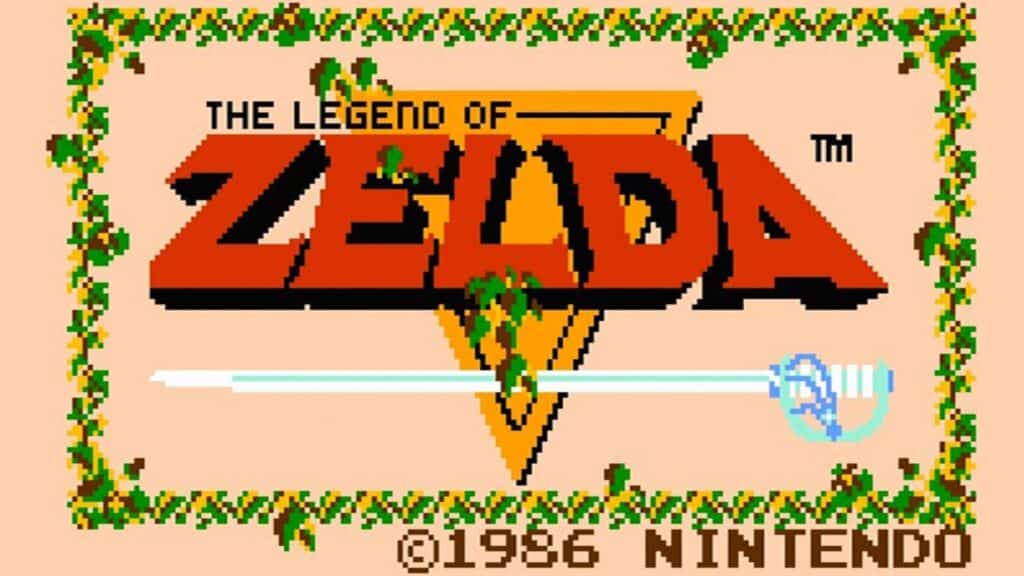
©Zelda gameplay screenshot
The NES’ debut in North America came at a strange time in the industry, with consumers having just lived through the crash of the medium in 1983. In Japan, Nintendo’s new console was known as the Famicom, and its launch was met with near instantaneous success. Shigeru Miyamoto would begin development in 1985 on two titles that would come to define both the NES and the medium of video games as a whole. One of these was Super Mario Bros. The other was an experimental title drawing influence from games like Adventure and the lesser-known Druaga. That title was none other than The Legend of Zelda.
Zelda arrived on the Famicom in 1986 for the Famicom Disk System peripheral, which never came over to the West. In figuring out how to port the game to the NES, it was imperative that none of the fidelity or mechanics of the game were lost in translation. Thankfully, a new chip that could pull power from a lithium ion battery made bringing The Legend of Zelda over to the NES in a cartridge possible. Zelda was like nothing that had come before, and its success immediately catapulted it to the top of Nintendo’s roster of first-party titles alongside Super Mario Bros.
A sequel was all but a guarantee, and Zelda II: The Adventure of Link arrived in Japan in 1987 and North America in 1988. Like many other NES-era sequels to popular games, Zelda II abandons the formula that its predecessor establishes in favor of more RPG-influence in its gameplay and a side-scrolling perspective. Possibly taking influence from the recent popularity of games like Dragon Quest and Final Fantasy (both of which would arrive in the West a year later), Zelda II is a black sheep in the series’ history.
1989-1993: Taking Link Back to His Roots on New Hardware
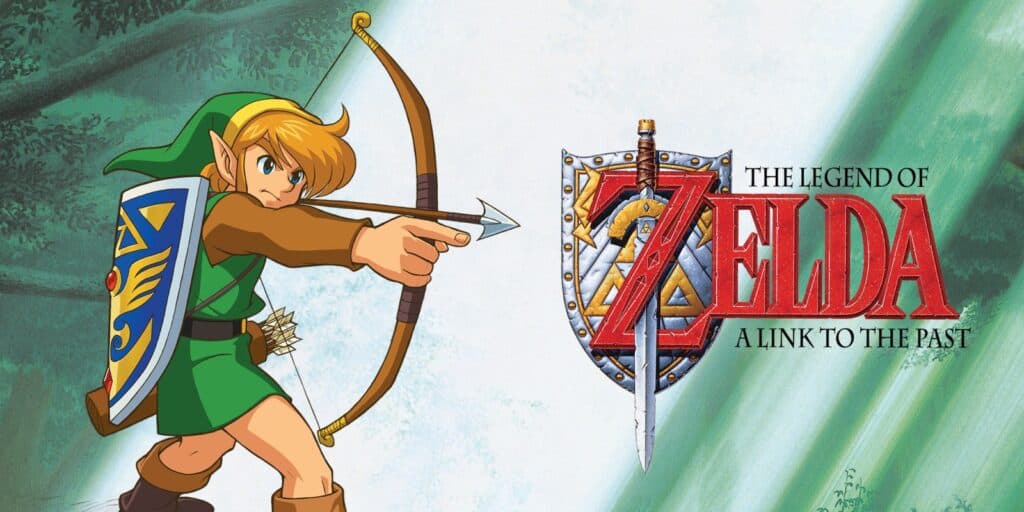
Shortly after Zelda II, Nintendo would strike gold with the latest creation from legendary Nintendo designer Gunpei Yokoi. Dubbed the Game Boy, the handheld would prove to become one of the best-selling consoles of all-time thanks to its addictive pack-in game: Alexy Pajitnov’s Tetris. With the Game Boy an immediate success and the NES nearing the end of its hardware life cycle, Nintendo soon set its sights on creating a new console to bring the company into the 16-bit era. And of course, the new system would need to feature new games from both of Nintendo’s best-known franchises.
The next Mario game, Super Mario World, came with the SNES as a pack-in title, making the console another smash-hit for Nintendo. Concurrent with the development of Super Mario World was the work on the next Zelda game. The game returned Link to a top-down perspective and take place in a time long before the events of the first Legend of Zelda. A Link to the Past arrived in 1991, bringing the series back to its roots while also advancing the familiar gameplay and mechanics that players had grown to love from the 1986 original.
The Zelda team used the successful format of A Link to the Past to develop a Game Boy-exclusive Zelda adventure. Link’s Awakening finally came to the Game Boy in 1993 and is still seen as one of the best games on the system. A masterful adaptation of A Link to the Past‘s gameplay on less-powerful hardware, the title serves as an example of how good game design beats raw horsepower and visual fidelity — something that would soon become a trademark of Nintendo games as the company stopped chasing the “arms race” of hardware manufacturers competing for the “most powerful” console on the market.
1994-2002: Transition to 3D, Game Boy Color, and Toon Link
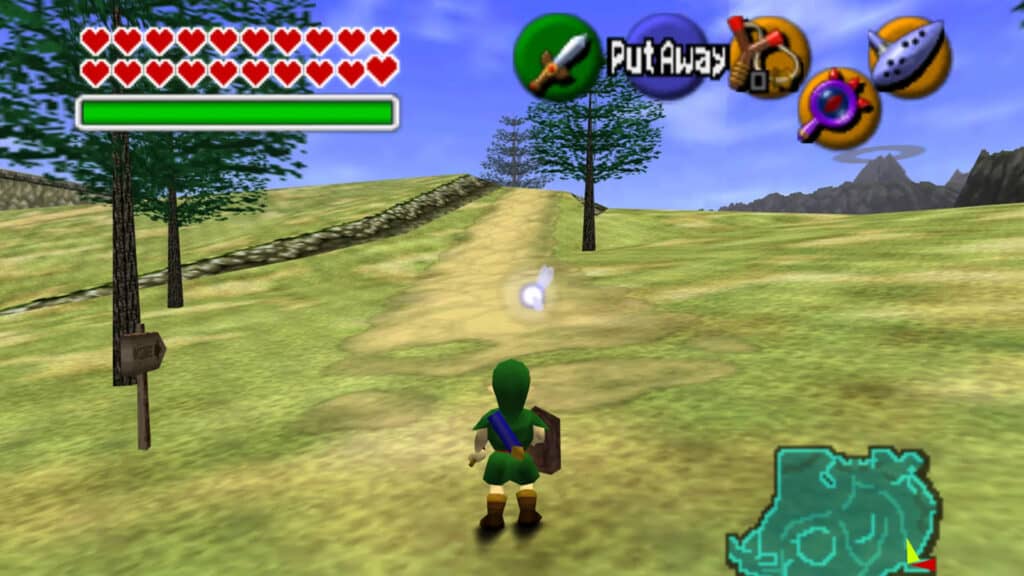
The intervening years between A Link to the Past and the next Zelda game saw the industry rush to meet the 3D craze, as new hardware manufacturers entered the competition and game consoles became capable of more immersive worlds. Nintendo, forever walking their own path, chose to forego moving to disc-based media in favor of sticking to their own proprietary cartridge format. In doing so, Nintendo unintentionally changed the trajectory of the gaming industry while also crafting two of the most impressive 3D games the world had seen up to that point: Super Mario 64 and The Legend of Zelda: Ocarina of Time.
Even without the aid of a disc drive, the first 3D Zelda game still stands a revolution in game design. Its approach to a fully-realized 3D world and action-adventure gameplay in a three-dimensional space is still felt today. Not long after the launch of Ocarina of Time in 1998, Nintendo released the Game Boy Color, and with it came an update to the classic Legend of Zelda: Link’s Awakening. This new color version added in some new dungeons while also paving the way for two excellent Game Boy Color-exclusive follow-ups: Oracle of Ages and Oracle of Seasons.
Not long after the arrival of these two Game Boy Color classics (two of the last games to use the formula that A Link to the Past establishes), Nintendo began to tease its next mainline Legend of Zelda game. The GameCube’s tech demo showcasing a mature-looking Link and much darker Legend of Zelda was what fans believed was in store for them, only to be met with the reveal of Toon Link and the upcoming Wind Waker. Initial skepticism aside, Wind Waker still stands as one of the best 3D Zelda games.
2003-2011: The Legend of Zelda Grows Up on Wii
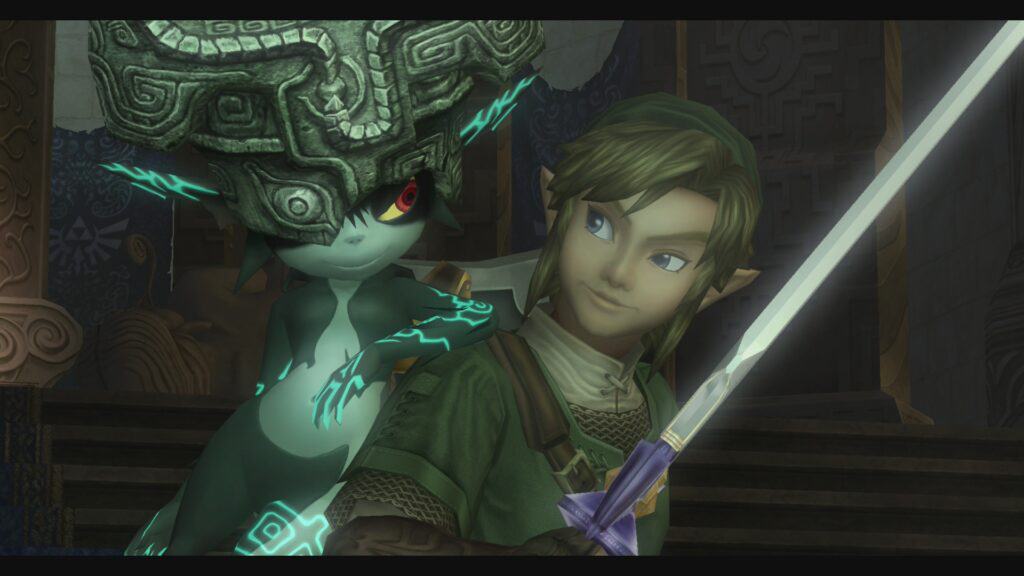
Thanks to the bakclash from fans regarding Wind Waker‘s art style, Nintendo pivoted direction for the next entry in the series, which was aiming to land as a cross-gen title between the GameCube and the company’s next console. Arriving in 2006 as a launch title for the Nintendo Wii, Twilight Princess was the darker, more mature version of Legend of Zelda that longtime fans had been clamoring for. After all, many of the series’ fans were now entering adulthood, and they wanted a Zelda adventure to match.
The Wii was one of Nintendo’s most successful consoles, selling more than 100 million units and bringing casual gamers into the medium full-swing. The motion controls of the Wii made swinging Link’s sword in Twilight Princess a more interactive and immersive experience, but the accuracy and 1:1 movement that players might have expected were not quite there. For the final series game on the Wii, Nintendo would develop a new controller specifically for the act of making sword fighting feel realistic.
Arriving in 2011 as one of the last first-party releases for the Nintendo Wii, Skyward Sword carries several distinctions in the Zelda series. First, it’s the game that coincides with the series’ 25th anniversary, as well as lays bare the origins of the series’ protagonists and antagonist. Second, for the most part, the new MotionPlus WiiMote actually does a great job of simulating the act of using a sword. Beyond that, Skyward Sword represents the culmination of nearly 15 years of 3D Zelda design, presenting some of the best dungeons and bosses in the series. Still, many felt that it was more of the same, and Nintendo resolved to have the next game in the series be a radical departure.
2012-2017: Revolutionizing the Zelda Franchise
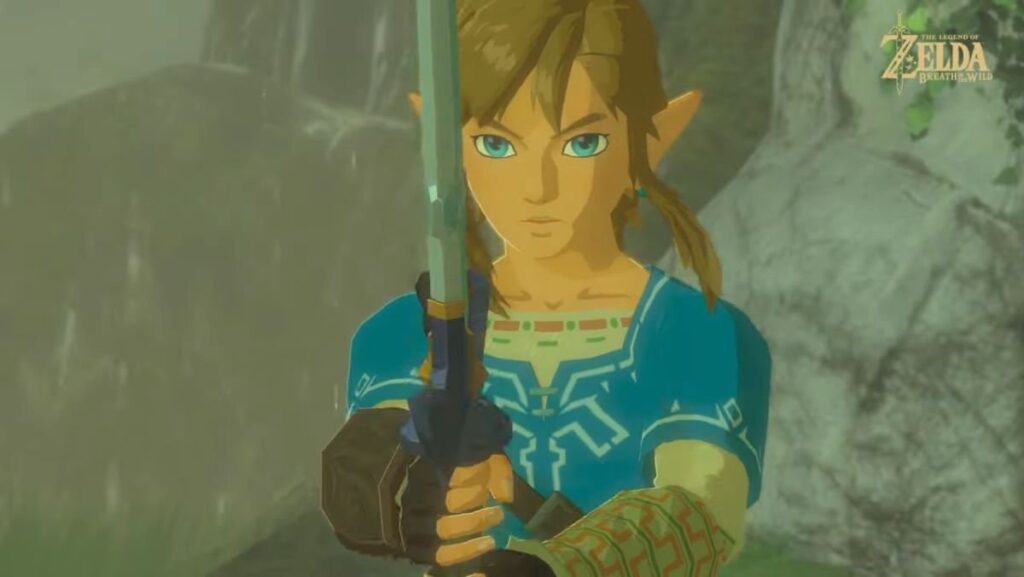
Although most fans associate Shigeru Miyamoto as the mastermind behind The Legend of Zelda, the truth is that the reins passed to Eiji Aonuma around the time the series transitioned to 3D. Beginning his tenure on the franchise as a lead designer on both Ocarina of Time and Majora’s Mask, Aonuma became the lead producer and mastermind behind the Zelda franchise starting with The Wind Waker. While Nintendo made a hardware misstep with the Wii U, Aonuma set his and his team’s sights on what would come next for Nintendo, planning to restore the Zelda franchise to prominence and have the next game launch with a new system — something not seen since the Wii.
And, just like Twilight Princess, the next Zelda launched as a cross-gen title between the ailing Wii U and Nintendo’s new hybrid console the Switch. Breath of the Wild‘s arrival in March 2017 is nothing short of a red letter day in the medium of video games, acting as the full 3D realization of the pure sense of freedom and limitless exploration present in the original Legend of Zelda. The title would quickly become not only the best-selling Zelda game of all-time, but one of the best-selling launch games and a system-seller for Nintendo.
Breath of the Wild would go on to win a score of Game of the Year awards as well as influence nearly every open-world game that came after it, owing to its beautifully-designed and dense world rife with opportunities for exploration and adventure. After its launch, the Zelda team immediately went back to the drawing board to consider what features they would implement in a new game that they wanted to implement in BotW but couldn’t, due to the game’s cross-gen arrival.
2018-2023: Remakes, Remasters, and a Ground-Breaking Sequel
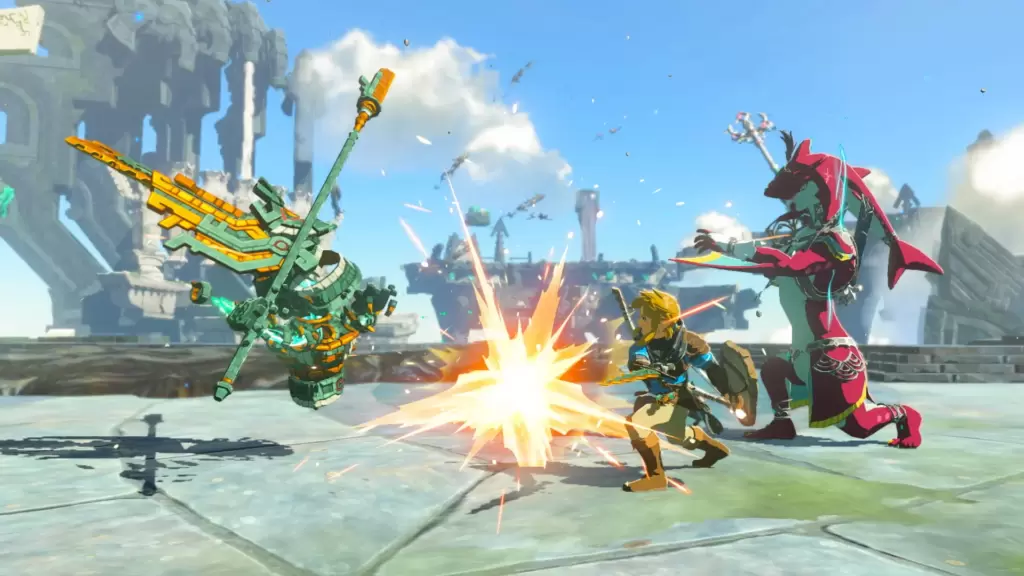
While the core Zelda team, under Aonuma’s guidance, continued to work on the then-unnamed sequel to Breath of the Wild, other developers provided help to Nintendo in bringing two classic Zelda titles to the Switch. The first of these is the remake of Link’s Awakening, co-developed by Nintendo with help from Grezzo, reenvisions the 1993 classic as a 2D/3D remake with a “plastic toys come to life” art style. Following Link’s Awakening coming to the Switch, Nintendo remastered the excellent Skyward Sword, replacing the original’s motion controls with a novel analog stick control scheme.
After planning on revealing the game in 2020, the global pandemic caused by the COVID-19 virus pushed the development of Breath of the Wild‘s sequel back into the next year. Nintendo revealed the game bit by bit over the next two years, with the official title and a potential release date coming in 2022. As it turns out, the game would suffer one more lengthy delay, only to arrive in May of this year.
Tears of the Kingdom‘s launch is a watershed moment for Nintendo, with the title becoming the fastest-selling Zelda game and the fastest-selling Switch game of all-time. Additionally, Tears of the Kingdom would surpass Breath of the Wild‘s 2-year sales numbers in just 2 weeks. Beyond its commercial success, the newest Zelda game is the perfect iteration on Breath of the Wild‘s “Open-World Zelda” approach. According to Aonuma, fans can expect to see future Zelda titles continue to build on this formula and expand it. The Zelda franchise is as strong as its ever been, and if Nintendo have anything to say about it, fans will continue to experience more adventures in Hyrule down the line.
